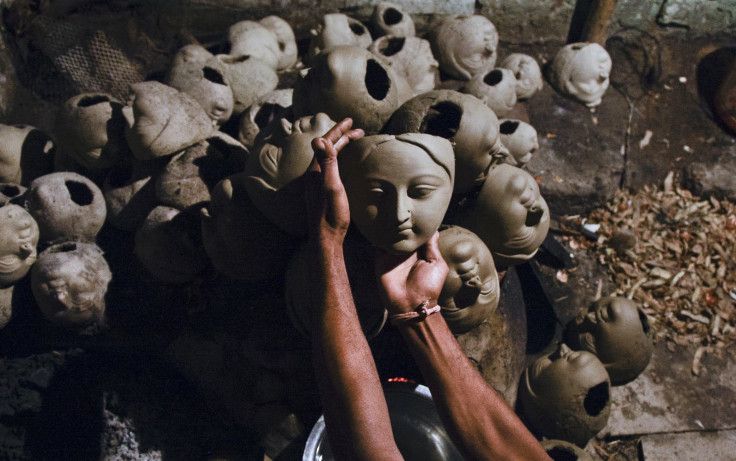Life On Earth May Have Come From Clay, New Study Suggests

Clay might have been the catalyst for life to originate on Earth, a new study has found, echoing what religions around the world have been suggesting for thousands of years.
According to the new report from biological engineers at Cornell University in New York, clay, which is a blend of minerals found in the planet's soil, might have acted as the breeding place for life, or at the very least, for the complex biochemicals that made life possible on Earth.
“We propose that in early geological history clay hydrogel provided a confinement function for biomolecules and biochemical reactions,” Dan Luo, professor of biological and environmental engineering at the university, said in a statement.
The study, published in the Nov. 7 online issue of the journal, Scientific Reports, said that clay formed a hydrogel -- a mass of microscopic spaces capable of soaking up liquids like a sponge -- in ancient seawater, and over billions of years, chemicals trapped in those spaces could have carried out the complex reactions, which, in turn, might have led to the formation of proteins, DNA and eventually all of the machinery that makes a living cell work.
The hydrogels formed by clay could have confined and protected those chemical processes until the membrane that surrounds living cells developed.
The scientists made the conclusions based on experiments using synthetic hydrogels, adding DNA, amino acids and enzymes, and simulating the production of proteins. Although the study is a theory on the creation of life on Earth, the findings could also have modern and inexpensive applications for drug manufacturing, the researchers say.
“Why consider clay? It's dirt cheap,” the report said. “Better yet, it turned out unexpectedly that using clay enhanced protein production.”
Previous studies have suggested that amino acids and other biomolecules could have been formed in primordial oceans, drawing energy from lightning or volcanic vents. But it was unclear how these molecules could have come together to assemble into more complex structures, and how they would have been protected from the harsh environment prevailing on the planet at the time.
The researchers say that clay is a promising possibility as biomolecules tend to attach to its surface, and theorists have shown that cytoplasm -- the interior environment of a cell -- behaves much like a hydrogel. And, according to Luo, a clay hydrogel better protects its contents from damaging enzymes that might dismantle DNA and other biomolecules.
© Copyright IBTimes 2024. All rights reserved.






















